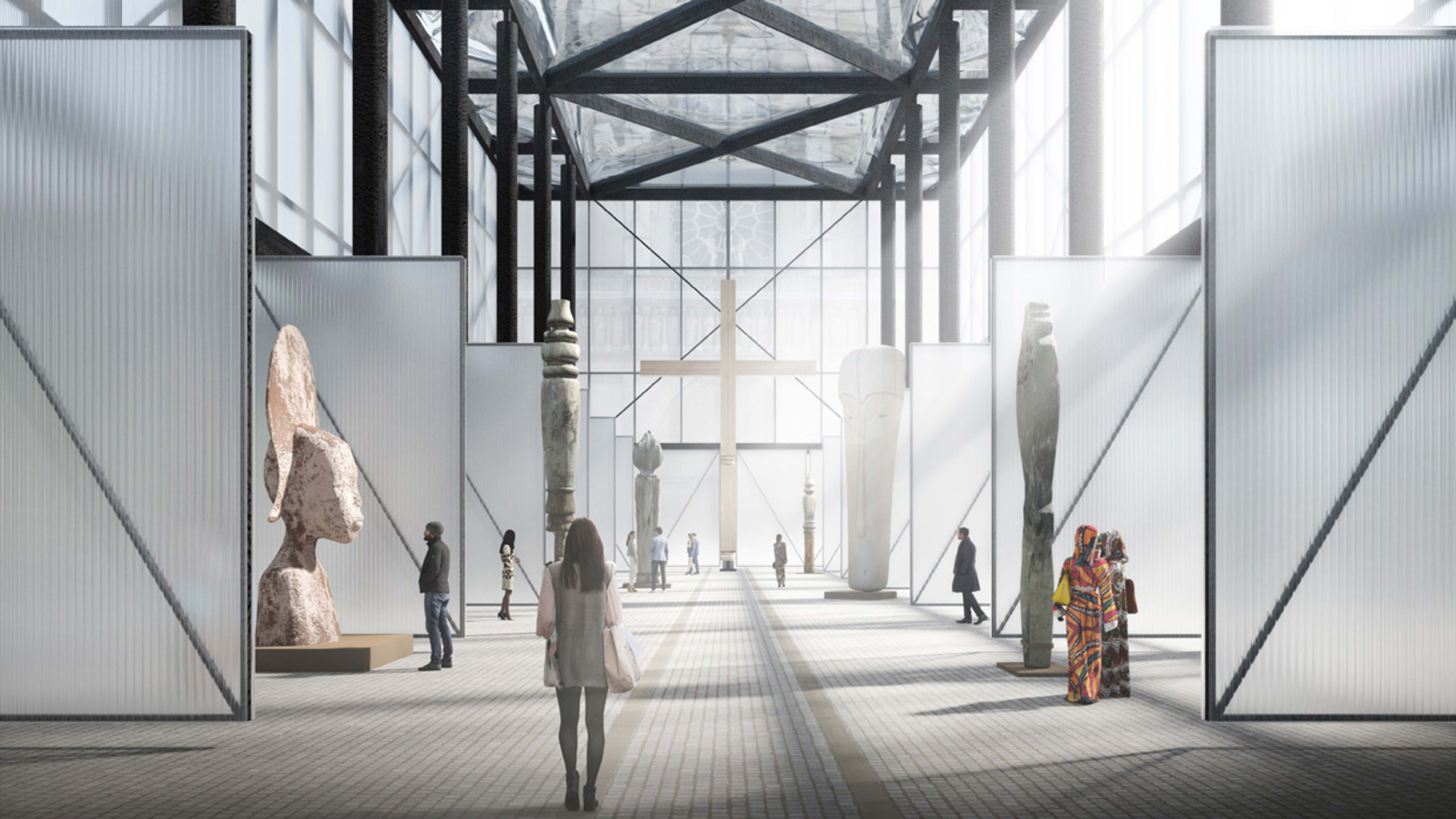The fire that badly damaged Notre-Dame this spring has had several long-term effects: For starters, it served as a tool for right-wing groups in France and abroad, who tried to “weaponize” the church as a political symbol of the decline of Christianity. It became a stage for luxury brands to duke it out over who could donate the most to its reconstruction. It also incited a flurry of image-making from designers around the world, who have rushed to offer up dozens upon dozens of conceptual ideas for reimagining the cathedral. Developers. Artists. Architects, of course. Though the French government announced in May that the cathedral will be restored as an exact replica, that hasn’t stopped the outpouring of conceptual proposals for reinventing it.

The latest is from the global architecture firm Gensler, which this week published an internal project designed around the reconstruction. Rather than topping the cathedral with a green roof or turning it into condos (which have both been proposed already—really), the firm published a project that has nothing to do with the spire or the restoration. Rather, Gensler’s proposal suggests that Notre-Dame’s operations as an actual church could continue in a temporary chapel adjacent to the construction site. In fact, the wall behind the space’s altar is designed to be opened, framing the cathedral and turning the restoration work into a backdrop. The simple building would be supported by a structure of blackened timber—an on-the-nose nod to the fire, but also to the trendy resurgence of the traditional practice of charring wood to weather it, known as Shou Sugi Ban in Japan—and clad in semi-opaque polycarbonate panels.
Functionally speaking, it’s meant to serve as an ad hoc space for use by the city and the archdiocese of Paris, which runs Notre-Dame—a place to hold services, events, or performances while the cathedral is out of commission. While the cathedral itself was free to visit before the fire, it did charge tourists—of which it saw roughly 14 million every year—a few euros to visit specific areas, and served as a major driver of tourism for the city. According to the firm, the project was led by its European office, which felt compelled to create a project for the city in response to the fire.
It seems certain that it may be months or years before France definitively plans the cathedral’s restoration, which would make a temporary space practical for the next few years. For now, the city of Paris has bigger problems than the loss of tourism: On Tuesday, an environmental group filed a lawsuit against the city for allegedly failing to stop plumes of lead that the fire released into the air around the cathedral.
Recognize your brand’s excellence by applying to this year’s Brands That Matter Awards before the early-rate deadline, May 3.





